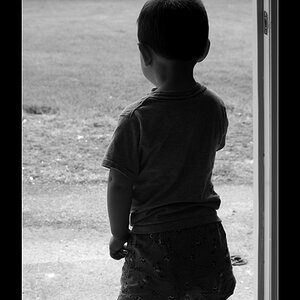JozStalin
TPF Noob!
- Joined
- Dec 29, 2011
- Messages
- 6
- Reaction score
- 0
- Location
- Bangalore
- Can others edit my Photos
- Photos NOT OK to edit
Though 10-20mm & 200-400mm lenses mean to produce 2x Zoom, How do they differ from each other? In what type of photography are they Used? Question may be silly but being a photography enthusiasts I want to clarify even my silliest doubts.
With Regards,
Jozeph Stalin
With Regards,
Jozeph Stalin












![[No title]](/data/xfmg/thumbnail/42/42452-e36799eaff36dca02ffc57ce660e5e20.jpg?1619740190)
